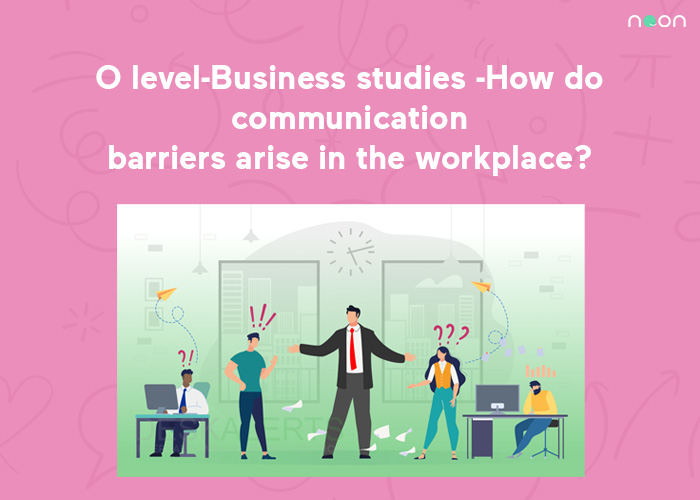When it comes to effective communication in the workplace, barriers can often arise. Whether it be a language barrier, or a cultural difference, these can lead to misunderstandings and conflict. In this blog post, we’ll take a closer look at how communication barriers can develop in the workplace, and explore some ways to overcome them.
What are Communications barriers?
Communication barriers can take many forms. They can be caused by physical factors, such as a loud noise or poor lighting. They can also be caused by psychological factors, such as stress or anxiety. Additionally, they can be caused by cultural factors, such as language barriers or differences in social norms.
Whatever the cause, communication barriers can make it difficult to understand or be understood by others. In some cases, they can even lead to conflict. By understanding the various types of communication barriers, we can learn to overcome communication barriers and improve our ability to communicate with others.
Types of Communication Barriers
Communication barriers can take many different forms. They can be caused by psychological factors, such as fear or insecurity, or by physical factors, such as noise or a lack of common language. They can also be the result of cultural differences, social norms, or personal biases. Regardless of their cause, communication barriers can impede understanding and lead to conflict.
Emotional barriers
Emotional barriers are any factors that can prevent individuals from effectively communicating with one another. These barriers can be caused by a variety of different factors, including fear, anger, and sadness. When these emotions are not properly managed, they can lead to conflict and miscommunication.
For example, someone who is afraid of speaking up in a meeting may miss out on important information. Or, someone who is angry at a coworker may say things that they later regret. By understanding the effects of emotional barriers, we can learn how to better manage our emotions and communicate more effectively with others.
Language Barriers
One of the most obvious ways in which people from different cultures communicate is through language. Language barriers can prevent effective communication and lead to misunderstanding and conflict. They can arise when people speak different languages or dialects, or when they use words with different meanings. Language barriers can also be caused by different levels of education or by different cultural norms.
Physical barriers
Physical barriers to communication are any factors that prevent people from understanding each other. It can be something as simple as a loud noise or even something as complex as a language barrier. When physical barriers exist, it can make it difficult for people to communicate effectively. In some cases, physical barriers can even prevent communication from taking place at all. Below are some examples of physical barriers that can impact communication:
- Lack of eye contact
- Poor lighting
- Interruptions
- Background noise
- Distance
Conclusion
In this blog, we have discussed three common communication barriers. We hope that by understanding these barriers, you will be able to avoid them in your own communication with others. Do you have any other tips for avoiding communication barriers? Share them with us in the comments below!
Noon is the perfect app for those who want to learn about a plethora of topics and do exceptionally on their next exam. With over 10,000 lectures available on varied subjects, you can gain knowledge from some of the best instructors around the world. The app is simple to maneuver and comes with several features that make learning both easy and enjoyable. Therefore, if you’re looking to ace your upcoming test or broaden your horizons, be sure to download Noon!
